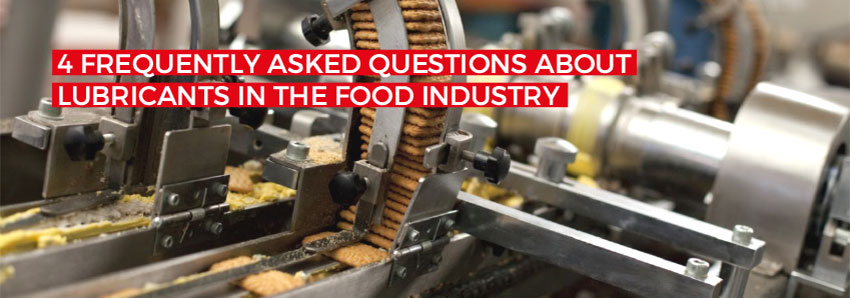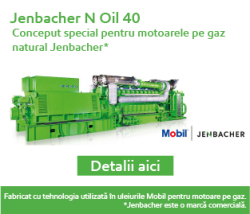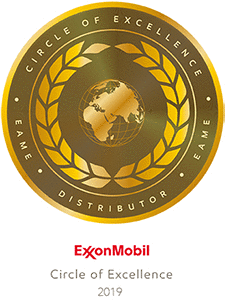4 frequently asked questions about lubricants in the food industry
 4 frequently asked questions about lubricants in the food industry
4 frequently asked questions about lubricants in the food industry
The use of lubricants in the food and beverage industry is as necessary as it is dangerous. In the food industry category fall a great deal of factories aiming to provide quality products to the general public, but which cannot function without the help of advanced machinery and equipment.
Thus, the maintenance of this equipment is very important for the sustainability and reliability of the business. Therefore, the lubricants, responsible for prolonging their life span, for reducing wear and for ensuring a smooth and free of incidents functioning, are the main factor influencing the quality of the maintenance process.
The managers or owners of such businesses often wonder what the methods by which the food and beverages they produce can be entirely preserved from the substances contained in the industrial lubricants. These questions are welcomed, the more so as there are not few the cases in which food has been altered due to accidents at industrial level, and the consequences can be serious both for consumers and for the company's image.
Here are the most frequently asked questions about the lubricants used in the food industry and their answers:
1. Are there any types of industrial lubricants especially for the food industry?
The answer to this question is a resounding ‘Yes!’ Industrial lubricants manufacturers do intensive research to offer this industry the products it needs in order to be able to work safely, but also to contribute to consumer safety. These products are registered as safe for equipment producing food and must be approved by the FDA (Food and Drug Administration).
All such products have NSF (H1) certifications. These oils or foodstuff Vaseline are designed to resist very high temperatures, to not melt and become toxic, regardless of the temperature at which they are used. Moreover, they are resistant to water and steam and cannot be altered in the presence of acids or alkaline substances.
2. How to differentiate lubricants used in the food industry from other types of lubricants?
The US institution FDA and its European subsidiaries have prepared a list of components (additives and base oils) that the lubricants used in the food industry should contain. The purpose of these components is to not endanger the consumers’ health when they make contact with the food during production processes.
The difference between this type of oils and the ones used in non-food industries is the ability to deter and prevent the contamination of food or beverages before reaching the market.
3. Is the lubricants’ performance affected by additives and base oils?
The lubricants’ performance is not limited or affected in any way by the product’s components. The high quality oils manufactured today for the food industry also include synthetic components, and thanks to the advanced technologies in the field, experts have managed to create formulas ideal for high performances.
4. Which are the best lubricants for the food industry?
One of the top recommendations target the Mobil lubricants that can be found in a very wide range, suitable for the needs of every manufacturer in the food industry. The main advantages of these types of lubricants are found in the formulas of the products created to bring benefits and a longer life span, lower maintenance costs and a very high energy saving potential.
The Mobil lubricants used in the food industry are created in accordance with FDA requirements and their purpose is to prevent any risk that may arise in case of leakage.
Being aware of the risks and benefits that can be brought by the simple use of industrial lubricants fit for your needs can be crucial to business success. If you want to know more about the lubricants suitable for each type of equipment in the food industry, please contact one of the Star Lubricants representatives.
Click on the image below and request a customized offer for industrial lubricants that can help you increase the performance and safety of the equipment you are working with.







